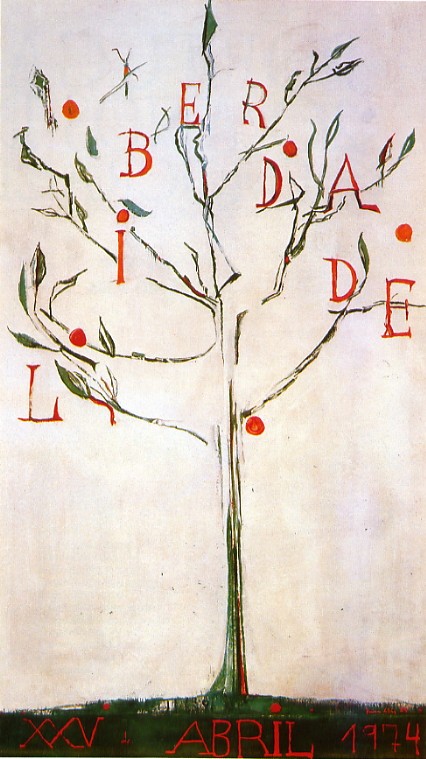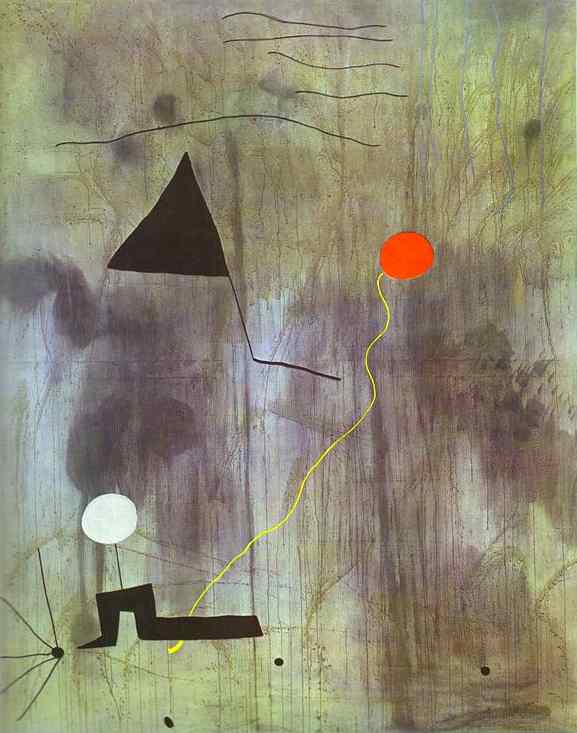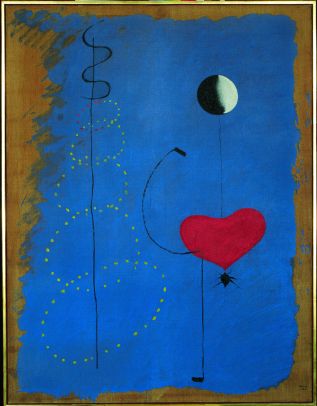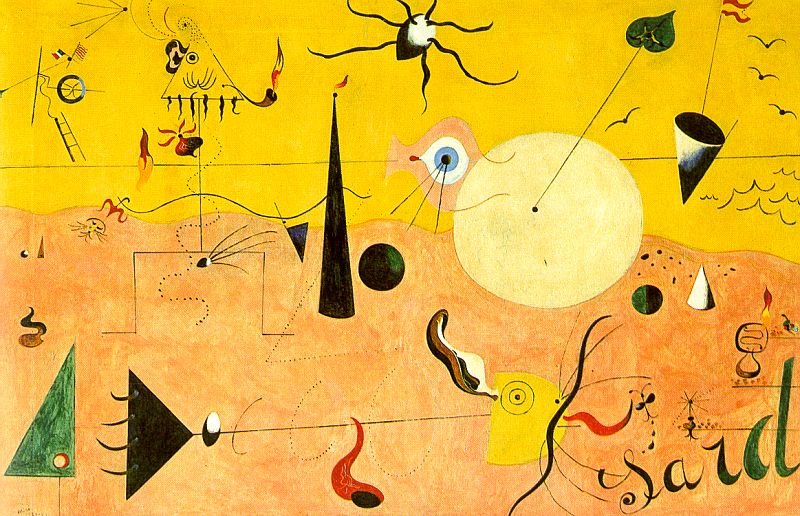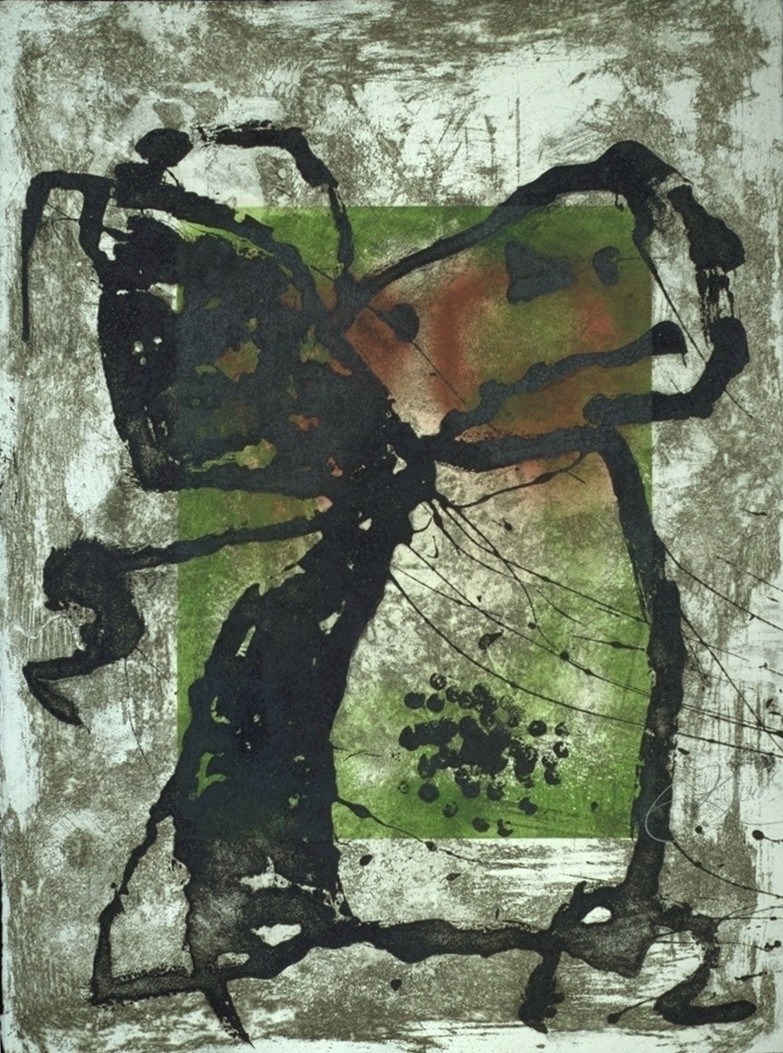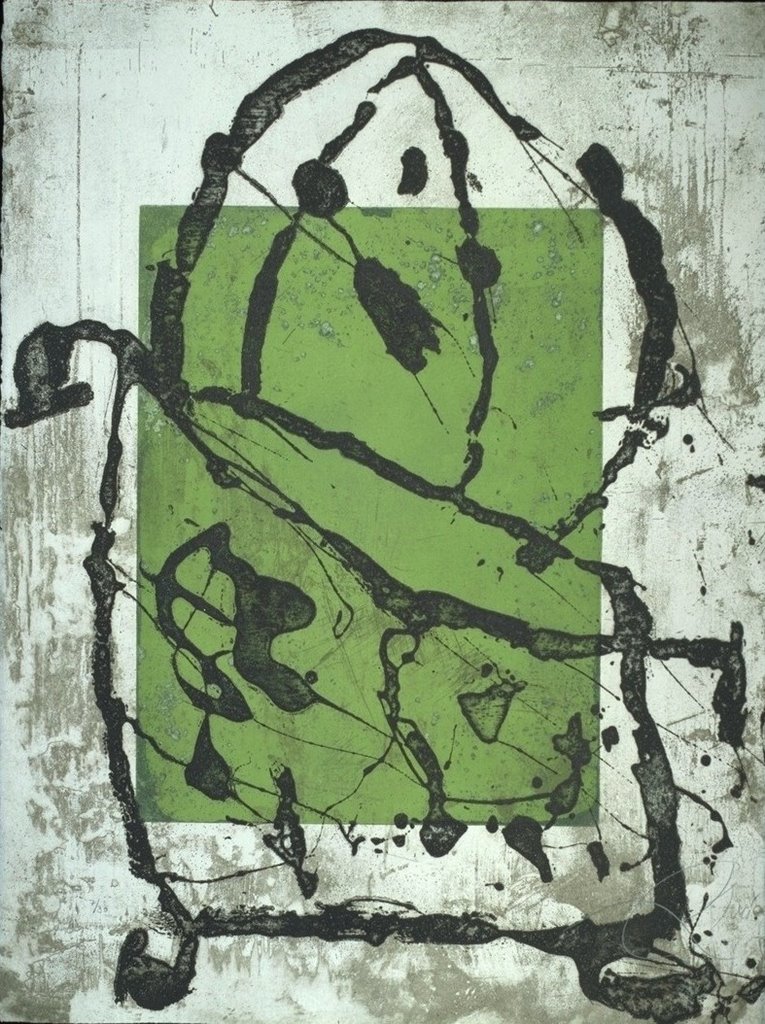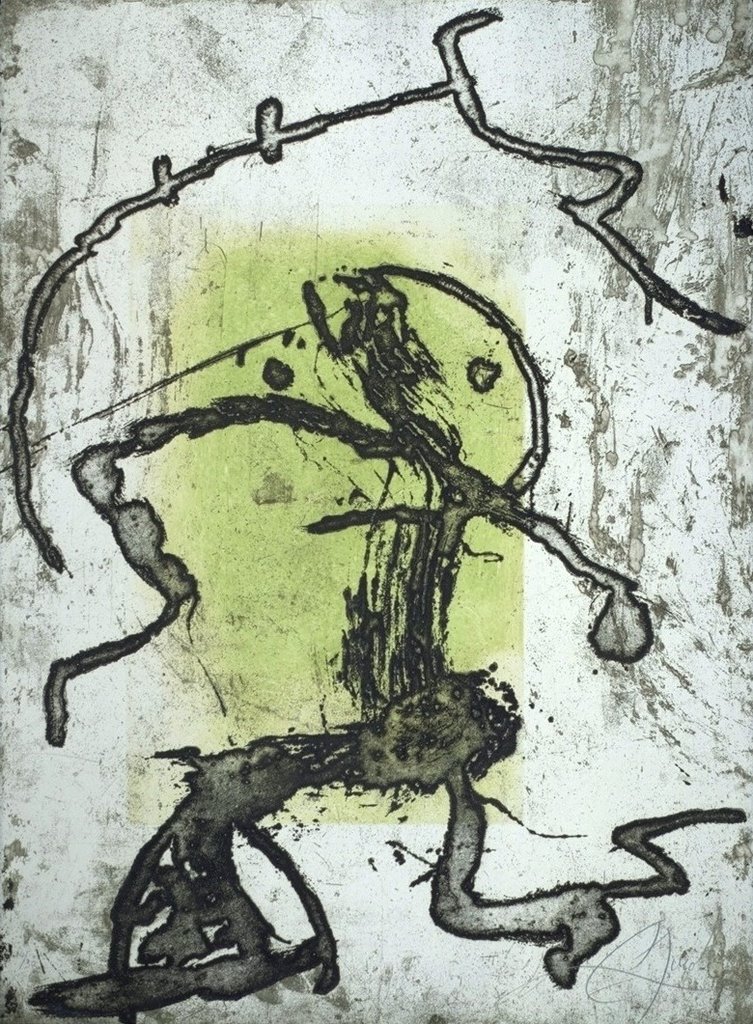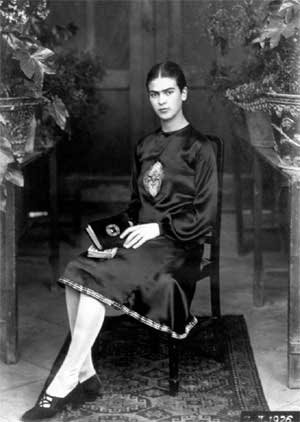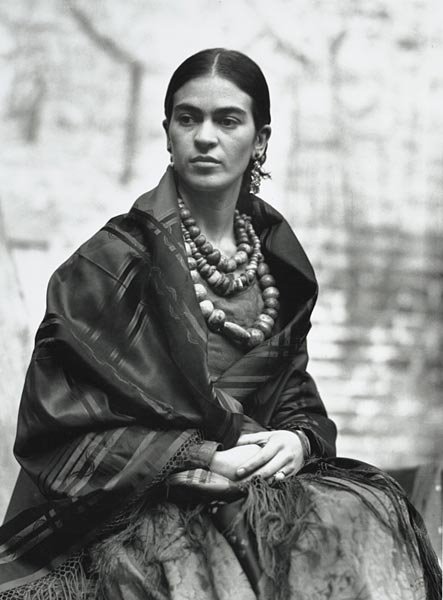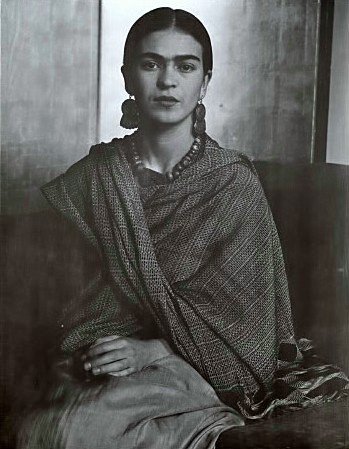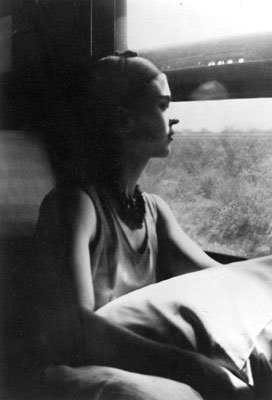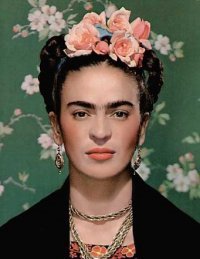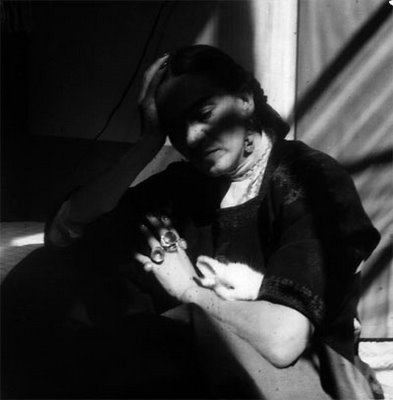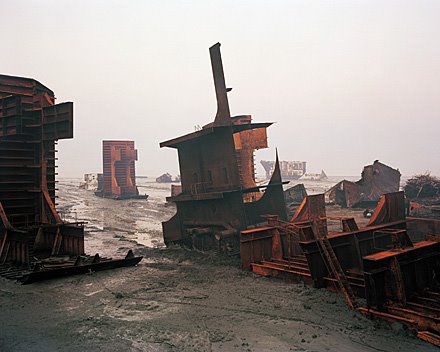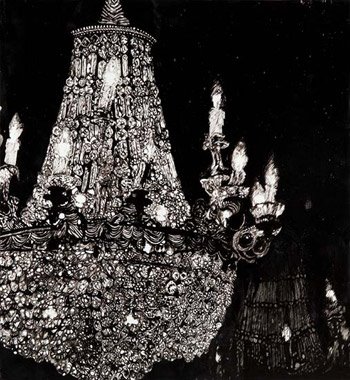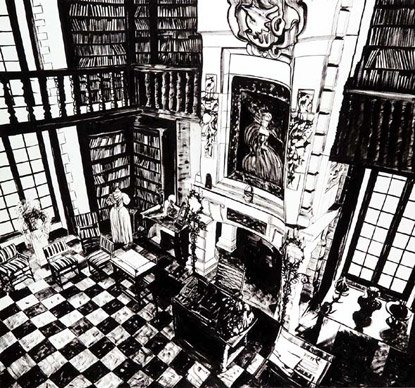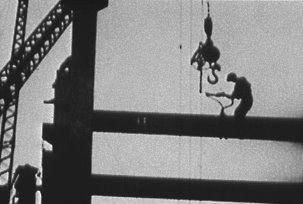Exposição
Frida Kahlo, 1907-1954. Vida e Obra até 21 de Maio no
Centro Cultural de BelémPara um melhor entendimento da obra de Frida Kahlo:
Conferência
The Many Faces of Frida Kahlo, realizada na Tate Modern em 30 de Setembro e 1 de Outubro de 2005 (por ocasião da exposição)
(disponível on-line)«Frida Kahlo's identity, seen through her art and life, resonates powerfully throughout contemporary culture. She has become an icon for many, as one of the few widely recognised female artists and as an image of Mexico. Kahlo has had an impact across fine art, design, film, fashion and cultural theory. This symposium brings together artists, historians and curators from Europe, Mexico and the USA to look at the genealogy and nature of the Kahlo phenomenon.
Speakers include Dawn Ades, Gannit Ankori, Oriana Baddeley, Whitney Chadwick, Caroline Evans, Luis-Martin Lozano, Carlos Monsiváis and Laura Mulvey.»
In
Tate Online Events/Archive/The Many Faces of Frida Kahlo«At this symposia we want to focus on both the cultural politics of Kahlo’s work and her reputation. The role of Frida Kahlo’s work and the construction of her persona within contemporary culture is in itself indicative of the complexities of the interaction of the national with the global. She is now one of the few widely recognised female artists and one whose image informs global perceptions of Mexico and what it means to be Mexican. Her work has traditionally been seen as expressive of the personal pain of a unique woman on to which collective (essentially female) audiences can project their own experiences; other aspects of her identity have been overshadowed by this emphasis. Her role as a political activist and her ability to comment upon, rather than be a vehicle for, the expression of the historical moment is frequently subsumed beneath this desire to empathise with Frida the woman.
By 2005 Kahlo’s life and work has come to represent more than her contribution to the construction of a post-revolutionary Mexican cultural identity or the aesthetic issues and debates which underpin twentieth century art. Kahlo has become a phenomenon through which to discuss far wider issues of cultural meaning and importance to twenty-first century creative practice.
This conference explores these wider meanings. It aims to look at the genealogy of the Kahlo phenomenon as we encounter it today and at its influence on different areas of late twentieth and early twenty-first century culture. We want to allow for an exploration of Kahlo’s impact across a range of disciplines and audiences including fine art, design, film, fashion and feminist and post-colonial cultural theory. Themes include: the relationship of Kahlo to the debates around surrealism and the relevance of the exotic and the popular within the construction of ideas of cultural authenticity; Kahlo as an icon of the dispossessed, as an exemplary ‘minority’ and the impact of this phenomenon on expectations of Mexican and Latino creative practice; and the meanings and appropriations of both the appearance and persona of Frida in film and fashion and the ways in which those meanings have impacted on contemporary consumerist cultures.
– Oriana Baddeley and Dominic Willsdon»
In
Tate Modern/Symposia & Seminars/The Many Faces of Frida___
